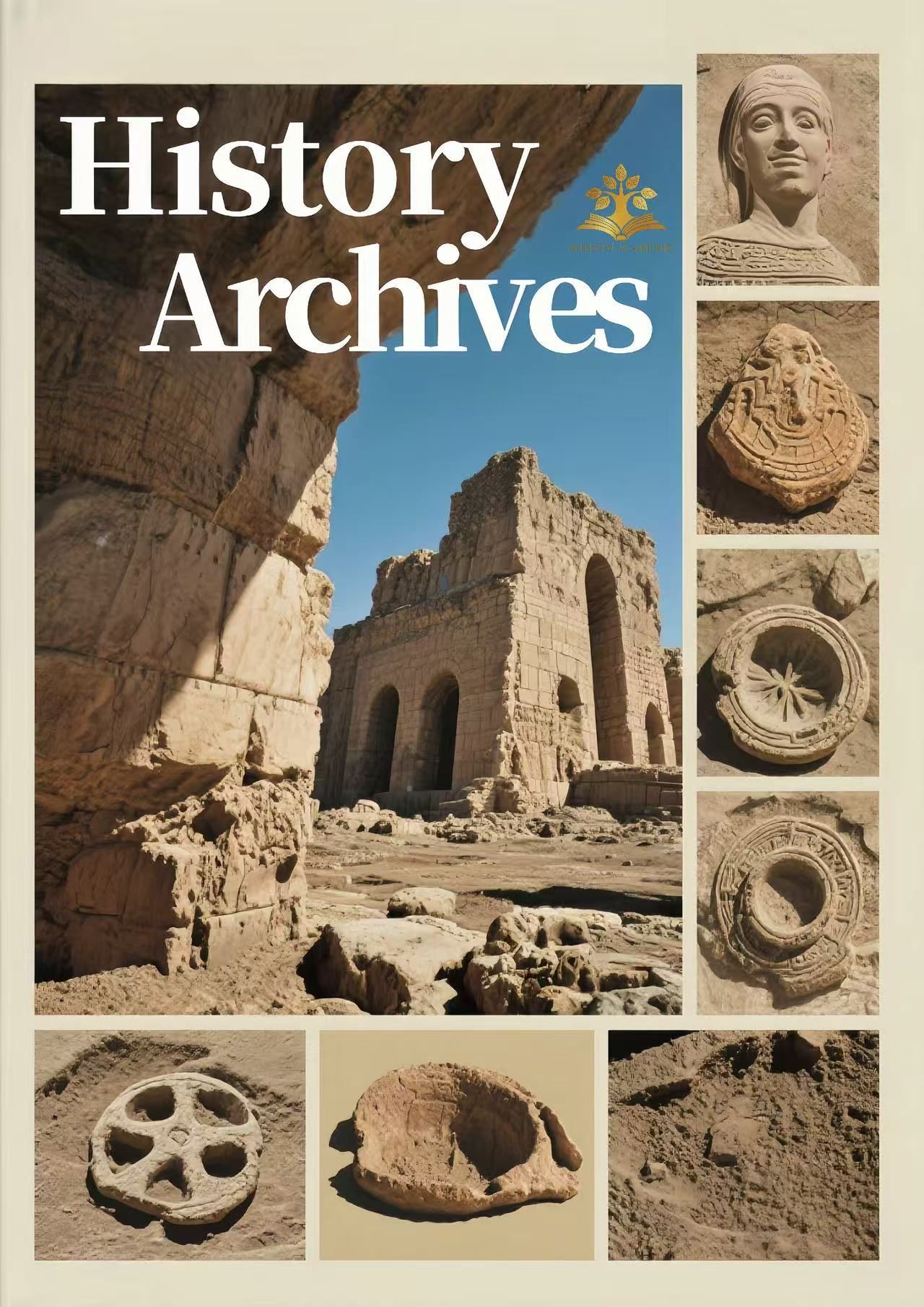Abstract
This review appears to focus on The Routledge Handbook of Gender Archaeology, as edited by Marianne Moen and Unn Pedersen. The handbook seems to offer what might be characterized as a comprehensive overview of current theoretical discussions, notable methodological advances, and key findings in the field of gender archaeology. It is comprised of six thematic sections, which appear to explore feminist pedagogies, critiques of feminist theory, identity and personhood, marginalization, gendered experiences, and what might be considered body politics. Within this broader analytical framework, the handbook ostensibly illustrates how gender archaeology appears to have evolved. What seems to emerge from these findings is a shift away from simply correcting male-centered narratives toward becoming what appears to represent a more advanced framework for analyzing complex social relationships in past societies. The editors seem to have successfully integrated interdisciplinary perspectives and a range of international viewpoints. What appears to emerge from this evidence, therefore, is a volume that offers valuable insights to researchers, students, and professionals alike. It also seems to promote an archaeology that engages more actively with contemporary social issues. This review tends to point toward the handbook’s strong theoretical grounding, its apparent methodological innovation, and its relevance to current debates. What this seems to suggest is that the handbook can be positioned as a particularly important resource for anyone interested in understanding recent trends and potential future directions in gender archaeology.
References
[1] Agbe-Davies, A. S. Intersectional thinking in archaeological analysis. In M. Moen & U. Pedersen (Eds.), The Routledge handbook of gender archaeology. Routledge. 73-86.
[2] Barnett, K. D. Indigenous futures in archaeology. In M. Moen & U. Pedersen (Eds.), The Routledge handbook of gender archaeology. Routledge. 301-314.
[3] Baxter, J. E. The influence of women and feminist thinking on the development of an ‘emotional archaeology’. In M. Moen & U. Pedersen (Eds.), The Routledge handbook of gender archaeology. Routledge. 59-72.
[4] Bolger, D. Broken bodies: Gender, fragmentation, and social transformation in prehistoric Cyprus. In M. Moen & U. Pedersen (Eds.), The Routledge handbook of gender archaeology. Routledge. 223-237.
[5] Cobb, H. Feminist archaeological pedagogies. In M. Moen & U. Pedersen (Eds.), The Routledge handbook of gender archaeology. Routledge. 15-29.
[6] Crellin, R. J. Posthumanist feminist archaeology: A becoming. In M. Moen & U. Pedersen (Eds.), The Routledge handbook of gender archaeology. Routledge. 45-58.
[7] Díaz-Andreu, M. The Matilda Effect in archaeology: Recovering women for the history of the discipline. In M. Moen & U. Pedersen (Eds.), The Routledge handbook of gender archaeology. Routledge. 126-145.
[8] Fowler, C. Intersections between gender, personhood, and kinship. In M. Moen & U. Pedersen (Eds.), The Routledge handbook of gender archaeology. Routledge. 191-210.
[9] Gilchrist, R., & Dempsey, K. Gender in the Middle Ages: Marginalisation and mainstreaming in later medieval archaeology. In M. Moen & U. Pedersen (Eds.), The Routledge handbook of gender archaeology. Routledge. 103-125.
[10] Hays-Gilpin, K., & Sundstrom, L. Uncloaking non-male agency in rock art production and use. In M. Moen & U. Pedersen (Eds.), The Routledge handbook of gender archaeology. Routledge. 146-160.
[11] Matić, U. Merely naturecultural: Notes on ontology of sex/gender in ancient Egypt. In M. Moen & U. Pedersen (Eds.), The Routledge handbook of gender archaeology. Routledge. 427-443.
[12] McAtackney, L. Archaeological approaches to gendered institutions: Tracing continuities in pre-and post-independence Ireland. In M. Moen & U. Pedersen (Eds.), The Routledge handbook of gender archaeology. Routledge. 257-273.
[13] Moen, M., & Pedersen, U. (Eds.). The Routledge handbook of gender archaeology. Routledge.
[14] Pedersen, U., & Kristoffersen, E. S. Imagining and gendering the past: Public outreach as a research method. In M. Moen & U. Pedersen (Eds.), The Routledge handbook of gender archaeology. Routledge. 349-370.
[15] Peacock, T. The skeletal body as archaeology: Osteological sex and gender archaeology. In M. Moen & U. Pedersen (Eds.), The Routledge handbook of gender archaeology. Routledge. 399-412.
[16] Rebay-Salisbury, K. The archaeology of motherhood. In M. Moen & U. Pedersen (Eds.), The Routledge handbook of gender archaeology. Routledge. 371-382.
[17] Sørensen, M. L. S. The construction, performance, and effects of gender: Reflection on the evidence from prehistoric burials. In M. Moen & U. Pedersen (Eds.), The Routledge handbook of gender archaeology. Routledge. 211-222.

This work is licensed under a Creative Commons Attribution 4.0 International License.
Copyright (c) 2025 Yun Qiu

